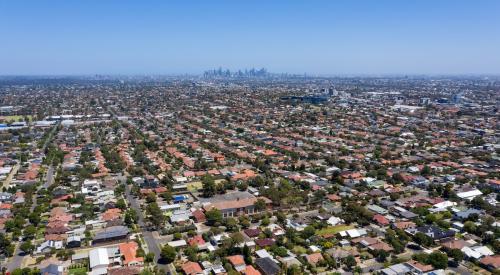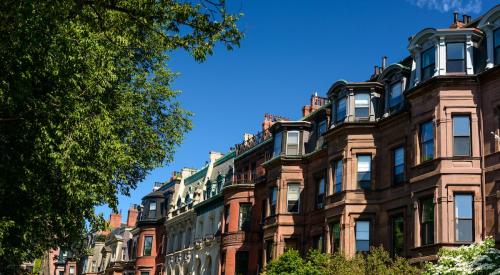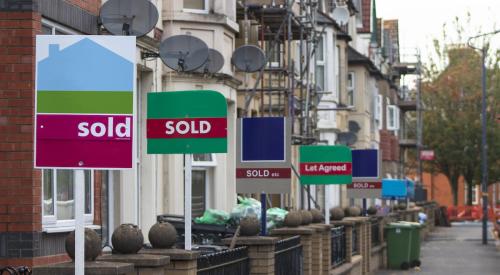Zillow’s 2020 Urban/Suburban Report found rising home prices and increased demand were both prevalent in suburban areas and urban areas, despite talks of a mass urban exodus and suburban shift. Throughout 2020, home value growth, sales volume growth, and sale price growth for urban areas matched or exceeded suburban numbers. Housing did remain hot, says Zillow, but suburban homes were slightly more competitive during the summer into fall months. When it comes to rental prices, though, large differences began emerging. Urban rents lagged behind suburban nationwide. In San Francisco, home value growth in suburban areas exceeded urban areas.
The supply of homes for sale in the City of San Francisco grew more than doubled, while list prices for urban homes plummeted — at the same time as inventory gains in the suburbs were more subdued, and suburban list prices soared. On the other coast, the urban/suburban rent gap across the New York City metro widened more than anywhere else, with urban rents falling 7.8% and suburban rents rising 5.7% during 2020. And home values in the New York City suburbs increased the most relative to its urban areas.
Home Values, Sales and Sale Prices
Strong home value growth, recovering sales and stellar sales price growth in both urban and suburban areas are evidence of widespread and unrelenting demand for housing. The pace of home value growth in urban areas surpassed growth in suburban areas prior to the pandemic, though not by a wide margin, and the pace of growth in both areas began to accelerate in the summer. Growth in each area closely tracks the other, and in December, annual growth rates in urban areas (8.8%) was almost identical to suburban areas (8.7%).













